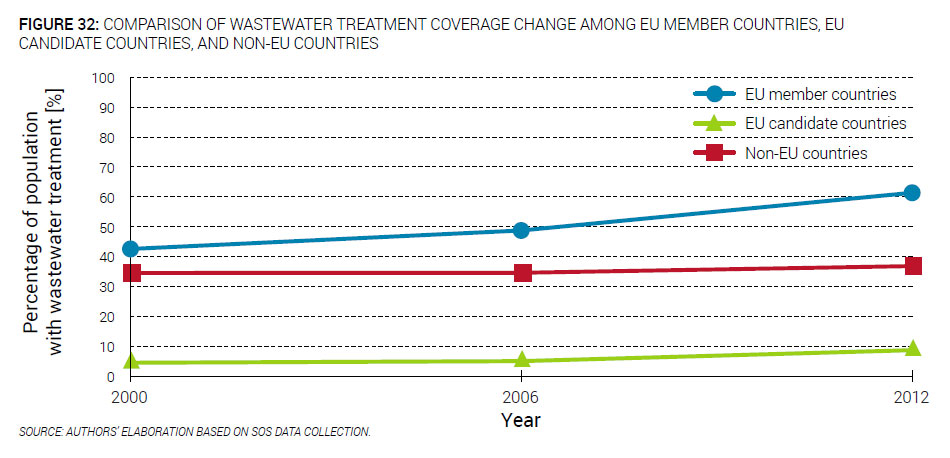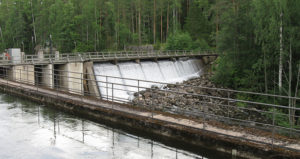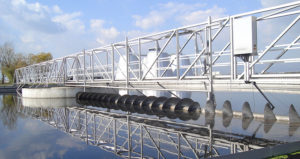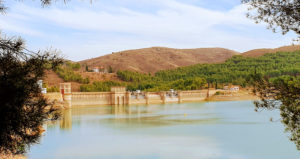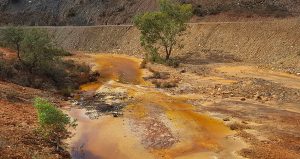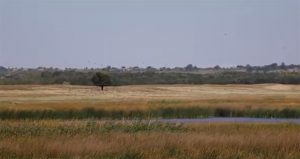Severe annual investment gap for water services in Danube water basin
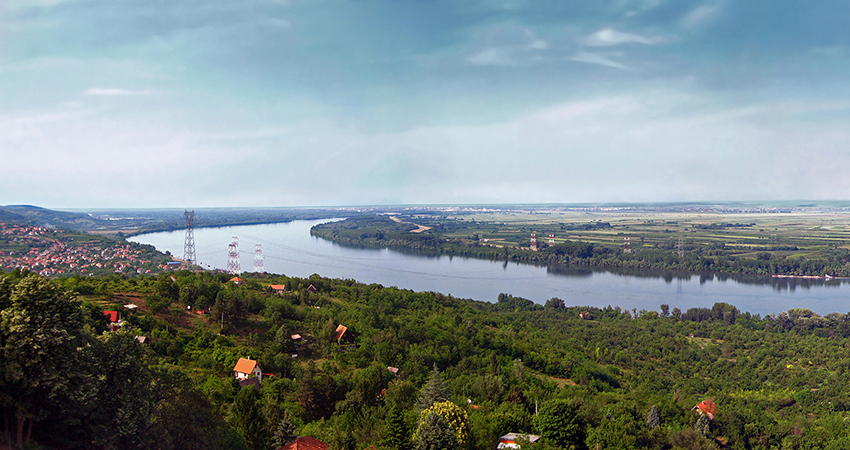
-
 Editorial Team
Editorial Team
Share article:
With an estimated investment gap of 2,5 billion euros a year, the Danube region is facing a huge challenge providing affordable water and wastewater services to everyone. This is one of the conclusions of a recently published report on water and wastewater services in the Danube area. The report is a publication of the Danube Water Program, a joint initiative of the International Association of Water Supply Companies in the Danube River Catchment Area (IAWD) and the World Bank.
The Danube is, after the Wolga , the longest river of Europe with a total length of 1777 miles (2860 kilometers). The Danube River basin is the second-largest river basin in Europe, covering 801,463 km2, with a total of 81 million people in 19 countries, namely Albania, Austria, Bosnia and Herzegovina, Bulgaria, Czech Republic, Croatia, Hungary, Kosovo, Moldova, FYR Macedonia, Montenegro, Romania, Serbia, Slovakia, Slovenia and Ukraine. Only sixteen of the 19 countries are covered in the report. Germany, Italy, and Switzerland are excluded, because they are, according to the researchers, not typically associated with the Danube region countries.
Characteristics
There are 22.5 million people without piped water and 28 million without flush toilets in the Danube region; rural populations, the poor, and minorities are disproportionally represented and the sector’s overall financing framework does not guarantee universal, high-quality services in the long term. In several countries even cost recovery of operating services is at the moment not feasible.
Best practices
The performance of many service providers in the region still trails regional and international best practices, threatening the long-term sustainability of ongoing investment programs. More and better publicly available data are necessary for sound policy making, utility performance improvement, and management accountability.
Drinking water
Groundwater is the dominant source of water supply in the region, producing around 72 percent of the drinking water. Water management in the Danube basin is driven by the principles of the EU Water Framework Directive (WFD), under the auspices of the International Commission for the Protection of the Danube River (ICPDR). Only the Czech Republic can be qualified as water stressed, with a level below 1,700 cubic meters of renewable water resources per capita per year.
As it comes to the treatment of waste water the European Member States are performing better than non EU-members and EU candidate countries.
Sustainable services for all
Junaid Ahmad, senior director of Water Global Practice at The World Bank Group explains the importance of a coherent Danube Water Program. “Exchanging experience and knowledge about regional trends, challenges, and opportunities can help ensuring smart policies, strong utilities, and sustainable services for all. “In many ways, this mirrors the World Bank’s own approach to reduce extreme poverty and increase shared prosperity, our institution’s overarching goals”, states Ahmad.
To be continued
According to Walter Kling, General Secretary International Association of Water Supply Companies in the Danube River Catchment Area the study is a necessary building block to improving water services. “IAWD looks forward to taking an active role in understanding and using the information presented in this highly informative study. We will also continue to work with the community of people active in the water sector to take the messages and lessons from this study to jointly work on ensuring smart policies, strong utilities, and sustainable services in the Danube region.”
More information
www.danube-water-program.org
www.danubis.org



